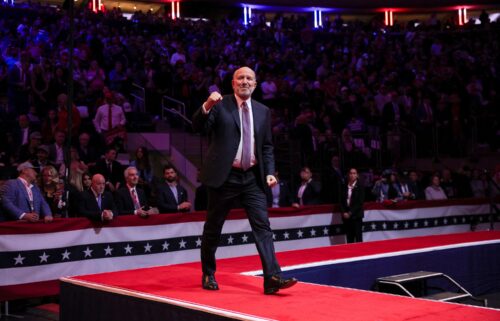The Fed’s latest balancing act: cutting rates too soon vs. waiting too long
By Elisabeth Buchwald, CNN
New York (CNN) — Throughout much of last year, the question of whether interest rates were high enough to rein in inflation dominated Federal Reserve officials’ policy meetings.
Continuing to raise rates would help bring inflation closer to the Fed’s 2% target — but could cost people their jobs. On the other hand, if interest rates aren’t high enough, elevated inflation could become ingrained and, therefore, harder to crack down on.
Now that the Fed has slowed inflation from its 9.1% peak in June 2022 to 3.4% in December 2023, all while the unemployment rate stayed below 4%, officials appear to have landed on a Goldilocks rate.
But there’s a slight problem: That may not be the Goldilocks rate for much longer.
If inflation continues to ebb, the current level of interest rates could be overly restrictive and drag on the economy. At the same time, if officials cut rates too soon, they could inadvertently invite more inflation to the economy.
These risks are weighing on New York Fed President John Williams.
“We’re in a good place for thinking about that,” Williams, a top adviser to Fed Chair Jerome Powell, said in response to a question posed by CNN on Wednesday after he delivered remarks in White Plains, New York, about the economic outlook for the year. “We are on a good trajectory of seeing inflation move down,” he added.
That doesn’t mean that it’s time to loosen up on rates just yet.
“My view is that we do need to keep a restrictive stance of policy for some time,” he said. “Before we dial back on the restrictive stance of policy, I think it’s important that we’re confident that we’re moving toward 2%,” Williams added, referring to the Fed’s inflation target.
Cleveland Fed President Loretta Mester, who will be voting at Fed meetings this year through her retirement in June, shares Williams’ view.
Investors are betting the central bank will begin cutting rates in March, but Mester said on Thursday that’s “probably too early.”
In a Bloomberg TV interview, she said she needs to see “more evidence” that inflation is “on a sustainable downward path to 2%.”
December’s Consumer Price Index report, which showed the annual inflation rate rose to 3.4% from 3.1% in November, is a sign that “there is more work to do and that work is going to take restrictive monetary policy.”
Meanwhile, Richmond Fed President Thomas Barkin said on Thursday he’s looking for more reassurance that cooling inflation is “broader based.” The CPI report showed that increases in the shelter index are propping up overall headline inflation.
The-CNN-Wire
™ & © 2024 Cable News Network, Inc., a Warner Bros. Discovery Company. All rights reserved.


